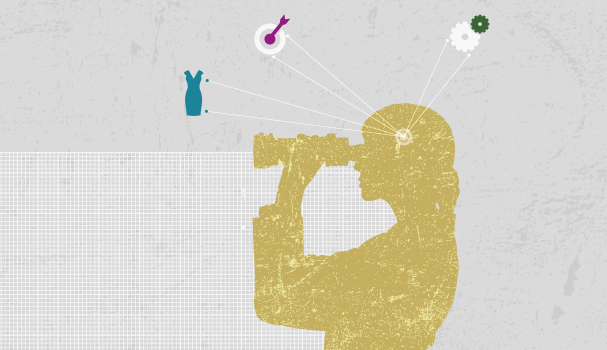We’re thinking a lot about predictions and the future at the moment. That’s not just because it’s autumn, the time of the year when you reflect on your past successes and start planning for the future. We’re on the verge of doing something very exciting with all the data we’ve been collecting on what the women who use our service like and buy. Dressipi is getting ready not just to recommend clothes we think that our users will like today but to predict what items they might buy tomorrow.
For us, making the move from recommendation to prediction is a natural progression, not to mention an exciting one. Up until now, the fashion retail business has been based on an instinct-informed gamble: every season retailers take bets on what new trends they think consumers will buy and stock their shops accordingly. What we’re doing now is taking all of the data we’ve collected on more than 1.6 million women’s tastes and turning it into something that validates those gut decisions. We’re turning a gamble into a calculated risk.
Doing this has been really hard, mainly because there’s currently no structured data at all in the fashion retail space. Retailers don’t have a systematic way of describing their garments, nor their customers. This makes our job difficult, in that we have to decide what we’re recommending – ‘is that a mini-dress or a body-con?’ – and to whom – ‘is she a student or a young professional?’
So for the past four years, we’ve been trying to understand what data we need on a customer and a garment in order to understand how it performs in the real world. Through our work with retail partners, we’ve been coupling these insights with past purchase and return data. Along the way we’ve discovered a few things that have challenged retailers’ – and our own – preconceptions about the way women buy clothes.
For example, one retailer we were working with was convinced that most of their returns happened because people bought the same garment in two sizes and sent back the one that didn’t fit. When we looked at the data in detail, however, we saw clearly that what was actually happening in 80% of cases was that people were buying two similar styles and sending back the one they didn’t like. The data told us that it was much more important to focus on delivering fashion advice than help with sizing garments.
With another retailer, we learned how important it is to get the context right when recommending similar products or suggesting how a customer could ‘complete the look’. When we looked at past purchase data, we saw that when women bought tops they tended to buy and keep multiple garments. With dresses, however, they tended only to buy one. This led us to experiment with two different approaches. If a customer was looking at tops on-site we would suggest other alternatives. But if they were looking at dresses, we made suggestions that would help women see how to wear a particular dress for multiple occasions. The hypothesis bore out and we helped this retailer drive up revenue per customer.
All this means that Dressipi’s stylists and data whizzes (the beauties and the geeks we’ve talked about before) are at an exciting point. We’ve created the deep metadata we needed to describe clothes and customers and we have enough real-world past purchase data in our systems to be able to start predicting what garments will be next season’s best-sellers.
We know the past. Thanks to our stylists we know the present. Now our next challenge is to predict the future. ![]()
Share via:








































